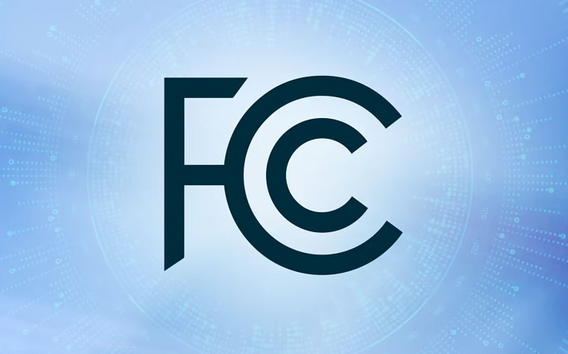Filing explains SpaceX’s Direct-2-Cell service
February 1, 2024
By Chris Forrester

Chris Forrester
There’s considerable interest in what various heavyweight suppliers might be doing in terms of Direct-2-Cell satellite telephony. Apple, Google, AST SpaceMobile and others, including SpaceX’s Starlink, are very busy in this area.
A filing with the FCC from T-Mobile on January 18th (which is linked with Starlink) explains their intentions, and the practical day-to-day handling and billing.
The first key aspect is that any connections made via T-Mobile over the US will be mostly “anonymous”. The FCC filing suggests that user authentication appears not to be performed via direct integration/interaction.
The FCC filing said: “While the [satellite] service is supplemental, when it is provided, the space station operator is doing so. When a subscriber accesses the satellite network for [connectivity], it is not using the spectrum through the terrestrial licensee, but rather through the space station licensee. The space station will be permitted to access terrestrial spectrum through an agreement with the wireless licensee. But the terrestrial licensee’s contractual relationship with the space station operator simply provides a gating mechanism.
The filing continued: “Once that agreement is executed and the gating function is performed, it will be the space station operator that provides service when the subscriber is out of range of the terrestrial network. The terrestrial licensee’s involvement in facilitating the supplemental service is limited – the terrestrial licensee does not control user device operations when the supplemental service is provided by the space station operator. To the contrary, the terrestrial licensee does not have the ability to terminate service, adjust the power or any of the technical parameters that relate to the service. Only the space station operator can do that.”
